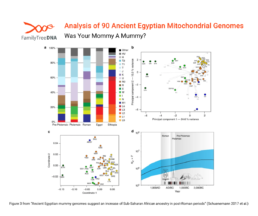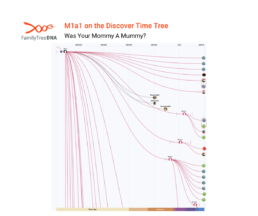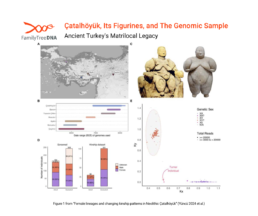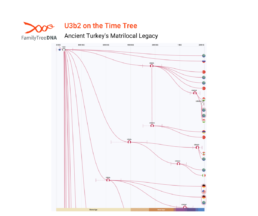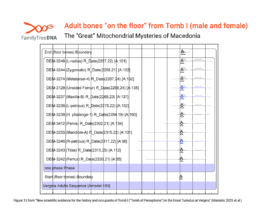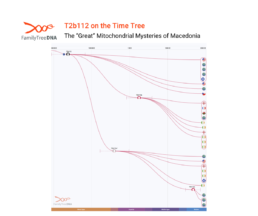By: Miguel Vilar
From Egyptian mummies to Macedonian royalty, your mtDNA might trace back to some truly unexpected ancient ancestors.
Following the exciting and successful launch of FamilyTreeDNA’s Update mtDNA Tree of Humankind came the mtDNA Discover™ Reports—tools that connect your mitochondrial DNA (mtDNA) to ancient individuals around the world. If you’ve taken the mtFull Sequence test, you can now:
- Access a more refined mtDNA haplogroup
- Learn about your geographic and genealogical history
- Explore surprising notable and ancient genetic connections from the distant past
Take my own haplogroup, for example—it matches that of England’s King Richard III. Luckily I’m much better looking.
Let’s take a look at some of the other fascinating ancient connections now featured in the mtDNA Discover reports.
Was Your Mommy A Mummy?
So, who exactly are these ancient connections? Let’s start in one of the most iconic and DNA-rich regions of the ancient world: Egypt.
One recent update to Ancient Connections comes from 90 new mitochondrial genomes from the 2017 Nature Communications article titled “Ancient Egyptian mummy genomes suggest an increase of Sub-Saharan African ancestry in post-Roman periods.”
This study looked at maternal lineages spanning 1,300 years of Egyptian History. Among those noteworthy haplogroups found in Ancient Egypt were a large number of M1a1 lineages, which have been hypothesized to represent a back migration from Western Asia to Africa.
M1a1 is found today in:
- Middle Eastern countries like Iraq and Saudi Arabia.
- North African countries like Libya and Sudan.
- Parts of East Africa, like Kenya.
Haplogroup T1a also appeared frequently, particularly in pre-Roman times such as the New Kingdom, dating back to the Bronze and Iron Ages.
Lastly the mysterious mtDNA haplogroup X was also among those mummies sequenced, several representing rare haplogroups such as X4’5 and X2v. Do any of those haplogroups match your own?
Ancient Turkey’s Matrilocal Legacy
But ancient maternal lineages didn’t just survive in tombs—they thrived in homes. Thousands of years before the pyramids, another society left its mark on the maternal map.
Another addition to the mtDNA Discover Reports, and possible new Ancient connections to your own mitochondrial haplogroup, come from the 2024 paper titled “Female lineages and changing kinship patterns in Neolithic Çatalhöyük.” In this paper the authors introduce 131 ancient genomes and their corresponding mitochondrial DNA sequences all from one of the most famous and oldest structural sites in Turkey.
Çatalhöyük, Turkey has been listed as one of the oldest and largest Neolithic (new stone technology) sites with evidence of:
- ancient buildings.
- uninterrupted occupation.
- the site of possibly the earliest recorded plant domestication, in the form of wheat farming.
What author Eren Yüncü and the team discovered through their work was also the likelihood of an ancient egalitarian social structure and matrilocality, where you would expect to see maternal lineages persist in certain houses or buildings for generations. In other words, the men moved while the women stayed put.
Among these well-represented mtDNA haplogroups found throughout the ancient city and across generations were haplogroups each in at least ten individuals:
Several of these haplogroups are found in Europe in the subsequent millennia, and may have arrived there as wheat domestication spread northward from Turkey to Europe in the early Neolithic.
The “Great” Mitochondrial Mysteries of Macedonia
From wheat farmers to warriors—let’s move a few millennia forward to another fascinating chapter in maternal ancestry: royal burials in ancient Macedonia.
Lastly, but possibly the most exciting, is the inclusion of three new haplogroups from ancient royal Macedonians who lived around the same time as the historic Macedonian explorer and conqueror Alexander the Great.
We cannot be certain that we have his specific mitochondrial lineage among those, as his remains have never been discovered and identified. However, these remains, from the 2025 paper title, “New scientific evidence for the history and occupants of Tomb I (“Tomb of Persephone”) in the Great Tumulus at Vergina” are now included in the mtDNA Discover Reports, are thought to have been from a royal burial.
Furthermore, the radiocarbon dates confirm that the remains were contemporary with the famous ancient war hero. The three haplogroups discovered were:
These haplogroups are quite common today in parts of modern Europe, yet less common in modern day Greece, suggesting a possible demographic change or replacement occurred in that region after these three people were alive in the third or fourth century B.C.E.
If your mtDNA haplogroup matches one of these, it does not mean that you are closely related to Alexander the Great, or the rightful heir to the great fortunes from Ancient Macedonia. What it does mean is that your ancestors may have moved through that part of the world a long time ago, and may have laid witness to the rise and formation of the Great Macedonian Empire of the 4th century B.C.E. So, if one of those is your haplogroup, then rest assured your Great-Great grandma deserved that title. Yes, just like Alexander himself, she was also Great!
Where Will Your mtDNA Take You?
Whether your maternal ancestors stayed rooted in ancient cities or traveled with empires, their stories live on in your DNA. And the more of your mtDNA you test, the deeper those connections can go.
Stay tuned as we bring new Ancient Connections to life each week, and by taking the mtFull Sequence test, you can reap the most benefits and possibly make the strongest maternal connections!

About the Author
Miguel Vilar
Genetic Anthropologist, Professor, Author, and Consultant for FamilyTreeDNA
Dr. Miguel Vilar was a Senior Program Officer for the National Geographic Society (NGS) and Lead Scientist for NGS’ Genographic Project, a multi-year anthropology study that aims to map human migration patterns by collecting and analyzing DNA samples from hundreds of thousands of people from around the world. By training, Vilar is a molecular anthropologist and science writer.
In addition, Vilar is a professor of Biology and Anthropology and publishes in both anthropology and genetics academic journals, as well as in popular print and online magazines. Vilar is also a public speaker, writer, and consultant with FamilyTreeDNA.
